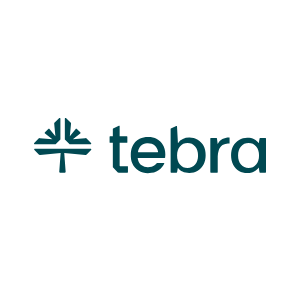MIPS Action Plan
If you are new to MIPS, or have been eligible for years, Tebra is here to help you get started with your efforts to meet MIPS requirements year after year. We’ve created the Quality Payment Program (QPP) MIPS Action Plan to provide you with the necessary information and steps to get you from running your first report, to submitting your data. Let’s get started:
EligibilityCheck your MIPS participation status by entering your individual NPI at https://qpp.cms.gov/participation-lookup. You could be eligible if you answer yes to all three of the following questions:
If you answered yes to all of the questions, and you are one of the clinician types listed here, you may be subject to MIPS. Some eligible clinicians could be eligible for an exception. Find out more here. |
|
Take ActionNow that you have confirmed your eligibility for the MIPS reporting year, it is time to start learning the requirements. You can access any of the recorded MIPS training session via Tebra University and you can also use any of the resources listed below. Our CMS Incentive Program site has a variety of options for you to learn about the various requirements you might be subject to. |
|
Get ReadyLet the following checklist serve as a reminder of the tasks that must be completed to help you be better prepared for the MIPS reporting year:
|
|
Monitor Your ProgressIt is important that reports are run and reviewed at least once or twice per month. All items on Your Checklist must be completed as early in the year as possible. Some of these items can significantly impact your scores.
|
|
Attestation Submission PeriodFinally, prepare for your attestation and submission of data. The attestation submission period is January 1st to March 31st of the year following the performance year. It is crucial that you:
|
